The Dark Side Of The Moon turns 50: How to sound like Pink Floyd
This week back in 1973, Pink Floyd’s The Dark Side Of The Moon was released on Harvest Records UK. We’re taking a look back in history to find out more about the album that became an epitaph of modern music.
The year 1973 is particularly significant, as it falls squarely within what is regarded as the golden age of recording. That same year, Stevie Wonder released his iconic Innervisions album and a relatively unknown London band called Queen launched their debut album.
It’s also important to note that The Dark Side Of The Moon was Floyd’s eighth studio album. As a highly successful band signed to EMI, one of the biggest recording companies of all time, there was very little limitation on budget, if any.
Recording The Dark Side Of The Moon
This meant that together, David Gilmour, Nick Mason, Roger Waters, and Richard Wright had limitless access to Abbey Road with arguably some of the greatest recording equipment ever designed and a young, passionate engineer with something to prove named Alan Parsons.
The album took over 8 months to record and made use of many recording and sampling techniques which were considered groundbreaking for the time. In addition, an incredible amount of detail was paid to aspects like mic placement and the tuning of the toms.
The result is still considered a particularly nuanced work and the remasters have always explored new high-fidelity listening formats over the years. Let’s take a look at some of the key instruments used in the recording process.
EMI TG12345 MKIV
The renowned EMI TG12345 modular console was first installed at Abbey Road in the late 1960s and was famously put to use by The Beatles during the Sgt. Peppers‘ sessions when the band required more inputs and recording channels.
It was the first solid-state EMI console and was equipped with 24 mic inputs spread over 12 modules. Each module had its own solid-state compressor/limiter based on the Fairchild and Altec designs previously used at EMI studios.
Along with the console, Alan Parsons used a 16-track Studer A80 2-inch tape machine, Fairchild 660 limiters, and an EMT 140 plate along with Abbey Road’s physical echo chambers for reverb.
The Waves EMI TG12345 channel strip plug-in offers great flexibility in your DAW, but the Chandler Limited TG Series Rack Mixer is far more likely to give you a console sound.

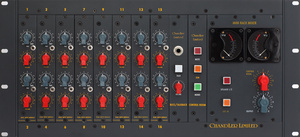
Fender Stratocaster
Now possibly the world’s most famous guitar, “The Black Strat” was David Gilmour’s primary weapon of choice for most of his career. Over the years, the Strat continuously underwent modifications to meet the specs of Gilmour’s ever-changing guitar setups both in studio and on stage.
For this reason, these mods were often temporary, ranging from an XLR connector that killed the noise from his Dallas Arbiter Fuzz Face pedal to Kluson tuners, and a Gibson PAF Humbucker installed between the bridge and middle positions.
In 2019, The Black Strat was auctioned for just shy of 4 million dollars along with a collection of 120 of Gilmour’s favourite guitars. Proceeds went to Client Earth, an environmental charity organization.
Luckily you won’t have to show up at a Christie’s auction just to get a decent Strat these days, and they do still come in black.


EMS Synthi AKS
Both Gilmour and Waters loved EMS synthesizers, not only for the sound but for their inspiring interfaces that simply bubbled with creativity. Apart from Gilmour’s personal custom Synthi Hi-Fli, they also used a VCS 3 (1969), a Synthi A (1971), and a Synthi AKS (1972).
Gilmour describes the making of On The Run, which began by entering a sequence on the Synthi AKS’s miniature keyboard. This idea was then modified by Waters, who was excited by how the sequence could be manipulated over a long passage of time.
The Synthi uses a patch-pin matrix for modulation routing, which gives it a unique appeal and extensive sound design potential. As an alternative, if the Arturia Synthi V plug-in isn’t enough, you can try the Erica Synths Syntrx which is based on the Synthi AKS.

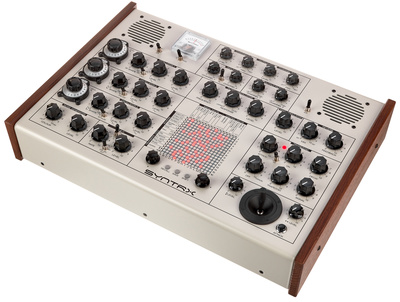
Wurlitzer 200
Richard Wright’s keyboard parts are scattered throughout The Dark Side Of The Moon. For the most part, he used his Wurlitzer 200 and occasionally the studio’s Rhodes in parts.
On tracks like Money, you can hear a wah effect in use, and Wright also made use of a Binson Echorec to introduce more spatial characteristics to the sound.
If you’re looking for electric piano sounds, the AAS Lounge Lizard EP-4 is a great-sounding electric piano plug-in, or you can try the brilliant Viscount stage pianos.

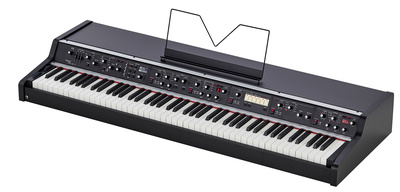
Binson Echorec
Binson effects were essential to the Pink Floyd sound from the very beginning, with original frontman Syd Barrett using the Binson delay famously on Interstellar Overdrive. In addition, Richard Wright also frequently used Binson effects on his electric piano parts, as well as Gilmour on guitar.
Apart from the tape echo Parsons created with the modified 3M M23 tape machine for Gilmour’s vocals on Us And Them, Waters also used the Echorec famously on Echoes.
For creating similar effects, you can get an excellent plug-in version of the Echorec from Pulsar Audio, or if you’re looking for something more involved there’s the Echo Fix EF-X2.

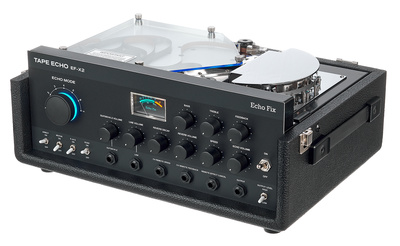
What is your favourite piece of gear used by Pink Floyd? Please let us know in the comments below!
More about The Dark Side Of The Moon:
- Pink Floyd official page
- More sound-alikes
- Everything vintage
Videos:
You are currently viewing a placeholder content from YouTube. To access the actual content, click the button below. Please note that doing so will share data with third-party providers.
You are currently viewing a placeholder content from YouTube. To access the actual content, click the button below. Please note that doing so will share data with third-party providers.
You are currently viewing a placeholder content from YouTube. To access the actual content, click the button below. Please note that doing so will share data with third-party providers.
You are currently viewing a placeholder content from YouTube. To access the actual content, click the button below. Please note that doing so will share data with third-party providers.
You are currently viewing a placeholder content from YouTube. To access the actual content, click the button below. Please note that doing so will share data with third-party providers.
You are currently viewing a placeholder content from YouTube. To access the actual content, click the button below. Please note that doing so will share data with third-party providers.
Note: This article contains affiliate links that help us fund our site. Don’t worry: the price for you always stays the same! If you buy something through these links, we will receive a small commission. Thank you for your support!
One response to “The Dark Side Of The Moon turns 50: How to sound like Pink Floyd”
 4,0 / 5,0 |
4,0 / 5,0 | 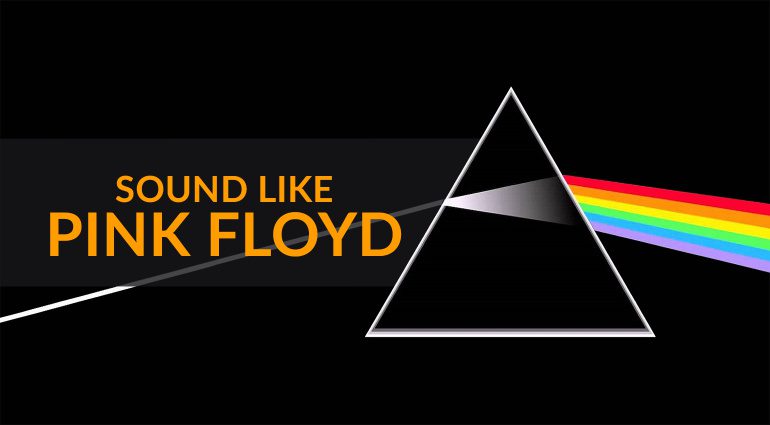





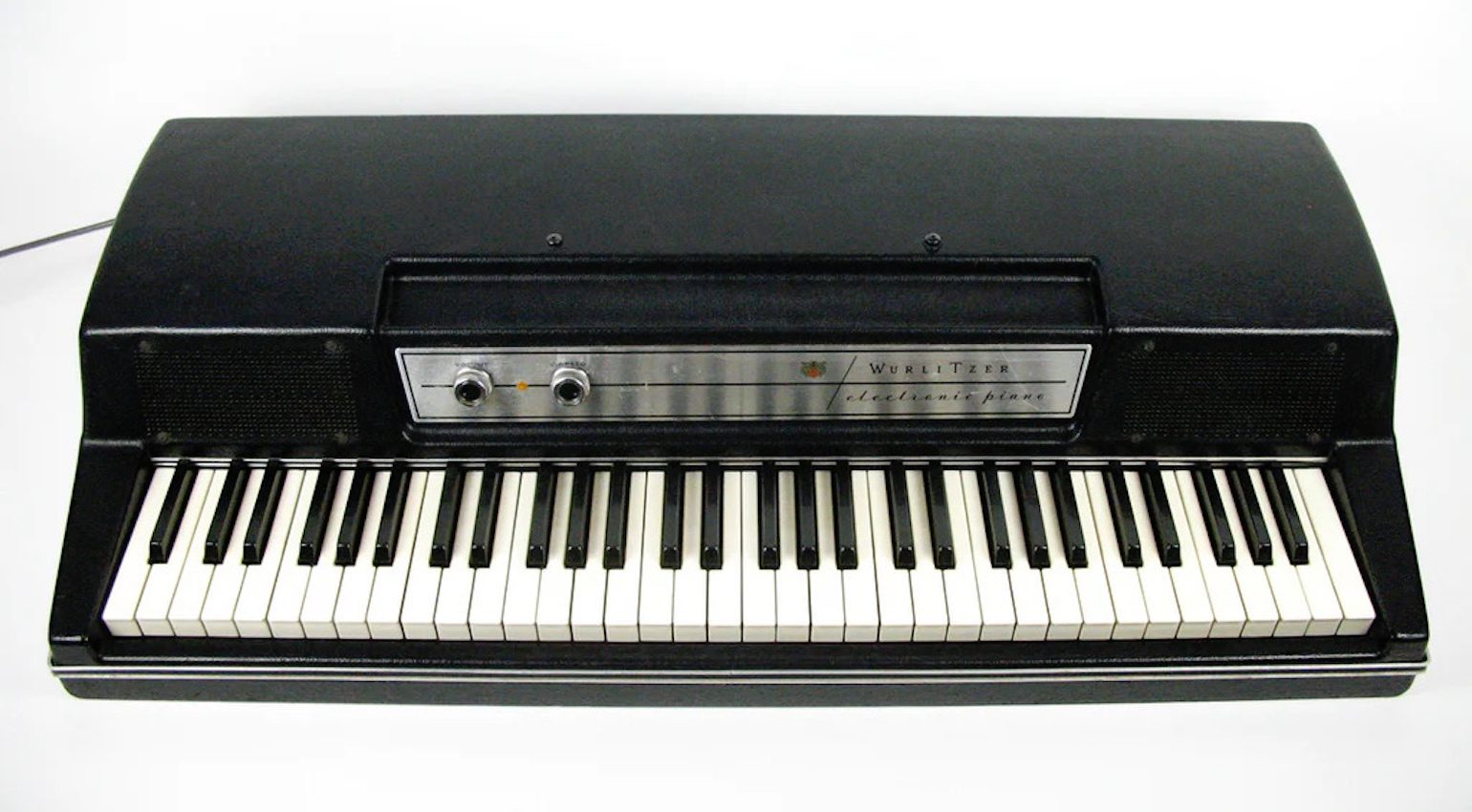
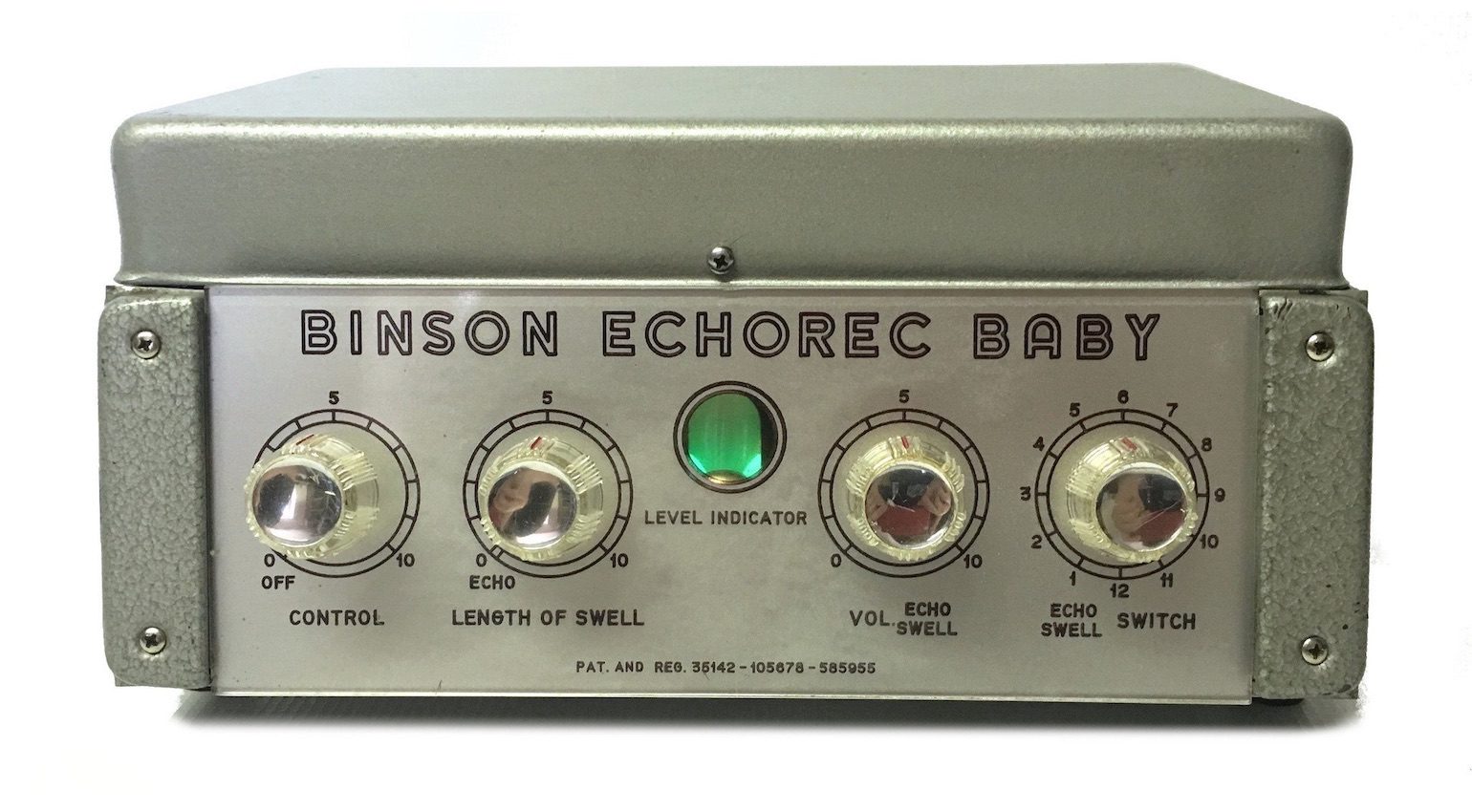


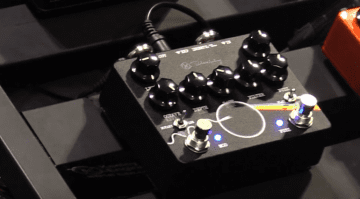


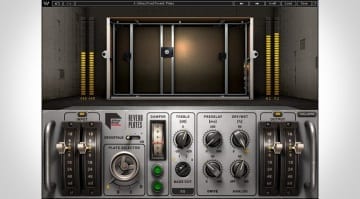

This is awesome. Glenn Povey’s Ultimate Reference from 2016 is really good with a lot of info I don’t totally understand. He was granted access to Abbey Road’s studio logs. Lots of multitrack mixdown annotation I’d love to understand better.